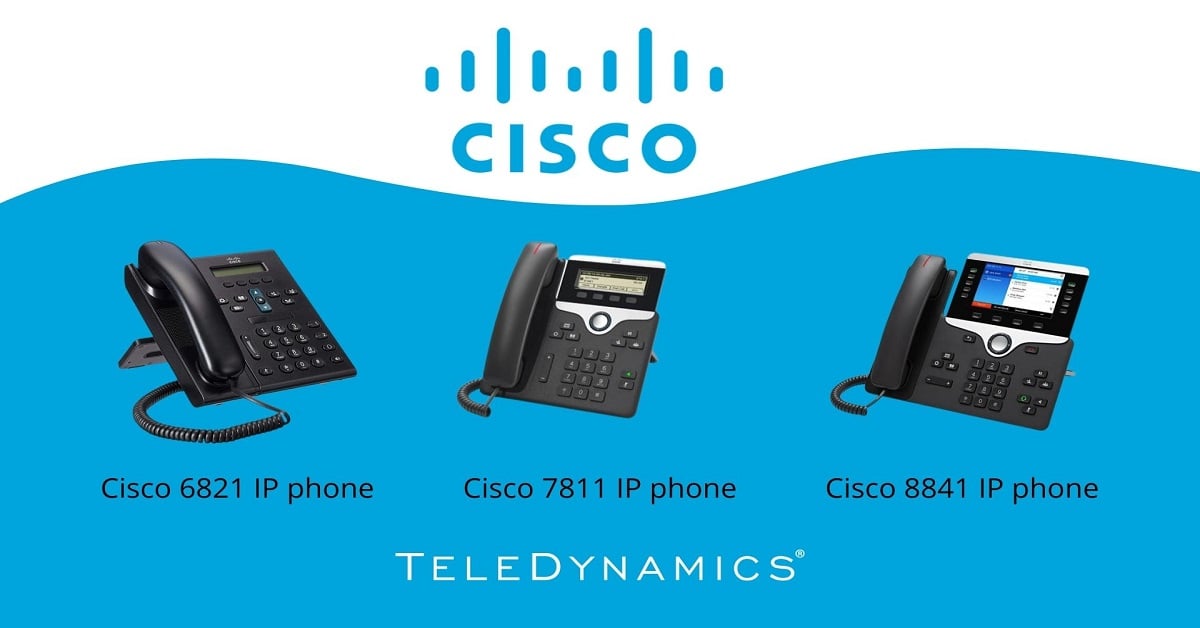Product Review
In a world where remote and hybrid work arrangements have become the norm, Zoom is one of the most frequently used collaboration platforms. Yealink’s video bar systems for Zoom allow workers to easily turn any small to medium-sized conference room into a Zoom Room. We review some of the key functions and benefits to these solutions in this article.
Read More
Topics:
Yealink,
Videoconferencing,
Conferencing,
Product Review,
Bluetooth,
Wi-Fi,
Collaboration,
Zoom
A WAN connection using wireless technology is among the simplest and fastest ways to connect a business to the internet. However, with so many technologies out there, and so many network design and architectural options to deploy, this simple solution can quickly take on a very complex form.
In this article, we hope to simplify the task of sorting through the various choices, allowing you to take advantage of quick, efficient, and often economical wireless options.
Read More
Topics:
QoS,
VoIP,
Network Design,
Wi-Fi,
WAN Technology
While blockchain is often discussed within the framework of cryptocurrencies, it can be integrated into many technologies in multiple fields and can be useful in areas ranging from smart contracts to supply chain transactions and telecommunication services.
In this article we examine what blockchain is and how it can be put to use, especially within the telecom sector.
Read More
Topics:
Business Telephone System,
Software Integration,
Trends
Wireless communication based on the Wi-Fi family of technologies has been around for over two decades. During this time, many innovations have been introduced into this standard, making it an essential part of today's data and voice networks.
In this article, we examine the latest Wi-Fi trends and what we can expect in the near future.
Read More
Topics:
VoWi-Fi,
Wireless,
Mobility (including remote work),
Mobile,
Wi-Fi,
Regulations
Product Review
Cisco is a household name when it comes to networking, the internet, and telecommunications in general. With its legendary reliability and virtual ubiquity in the market, the company has consistently delivered equipment and services of the highest quality around the world.
This reputation has followed the company into the voice equipment market, as well. In this article, we’ll take a look at Cisco’s multi-platform IP telephone offerings and examine their benefits for your business.
Read More
Topics:
SIP Phones,
Business Telephone System,
Conferencing,
Product Review,
Bluetooth,
Wi-Fi,
Cisco
AI-enabled VoIP assistants, also referred to as virtual assistants, are becoming more and more commonplace in telephony systems and contact centers. In this article, we examine the current trends and possibilities, as well as what can be expected in the very near future.
Read More
Topics:
Business Telephone System,
VoIP,
Software Integration,
Trends,
Productivity,
Cloud,
Unified Communications
Product Review
Yealink continues its excellence as a provider of high-quality and exceptionally relevant products that respond to today’s challenging business communications needs. Among its offerings is Yealink’s line of Zoom Rooms videoconferencing kits that turn any sized room into a Zoom Room.
Read More
Topics:
Yealink,
Videoconferencing,
Conferencing,
Productivity,
Product Review,
Cloud,
Collaboration,
Zoom
TeleDynamics is proud to distribute Snom products in the United States. Headquartered in Berlin, Germany, it has subsidiaries in the U.S. and other countries and serves customers worldwide. In this article, we highlight the innovation and inventiveness that are instilled within Snom’s products and services today.
Read More
Topics:
SIP Phones,
Business Telephone System,
VoIP,
SIP,
DECT,
Wi-Fi,
Snom
By Brian Van Meter, marketing manager at Grandstream
Grandstream’s IP phones are used around the world by businesses, schools, hotels, and ITSPs. They provide a desktop device that is feature-loaded, intuitive to use, and productivity-focused. The GRP2600 Series of Carrier-Grade IP Phones is the newest line of desktop IP phones and offers both essential and professional-level devices for a variety of deployment scenarios. As the newest series, our GRP IP phones have advanced capabilities that the GXP series of IP phones lacks, and it is important to understand the difference between the two lines when making a purchasing decision. Within this blog post, we’ll be comparing the GXP and GRP series, and explaining where our newest generation of IP phones offer notable improvements.
Read More
Topics:
SIP Phones,
SIP,
Grandstream
Product Review
In this article we review Konftel's C20800 Hybrid video collaboration kit, which is comprised of various components in an easy-to-use, simple-to-set-up room videoconference system.
Read More
Topics:
SIP,
Conferencing,
Productivity,
Product Review,
Unified Communications,
Konftel

















